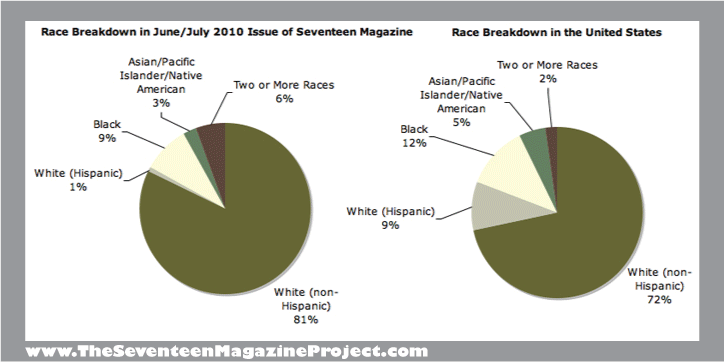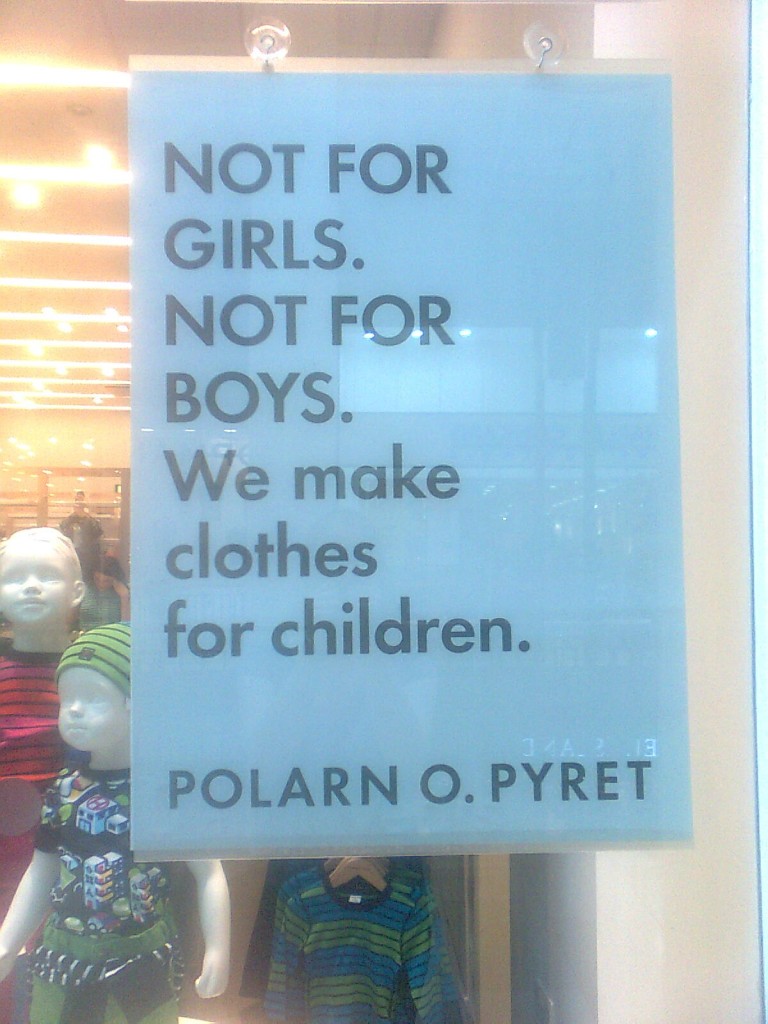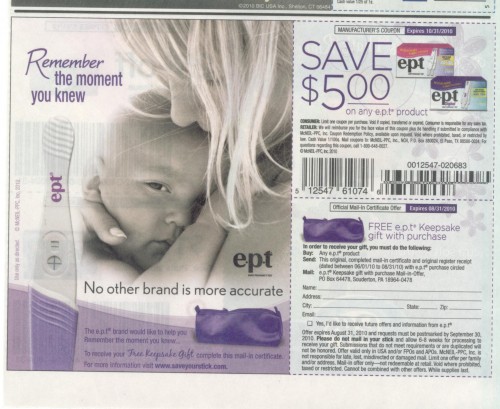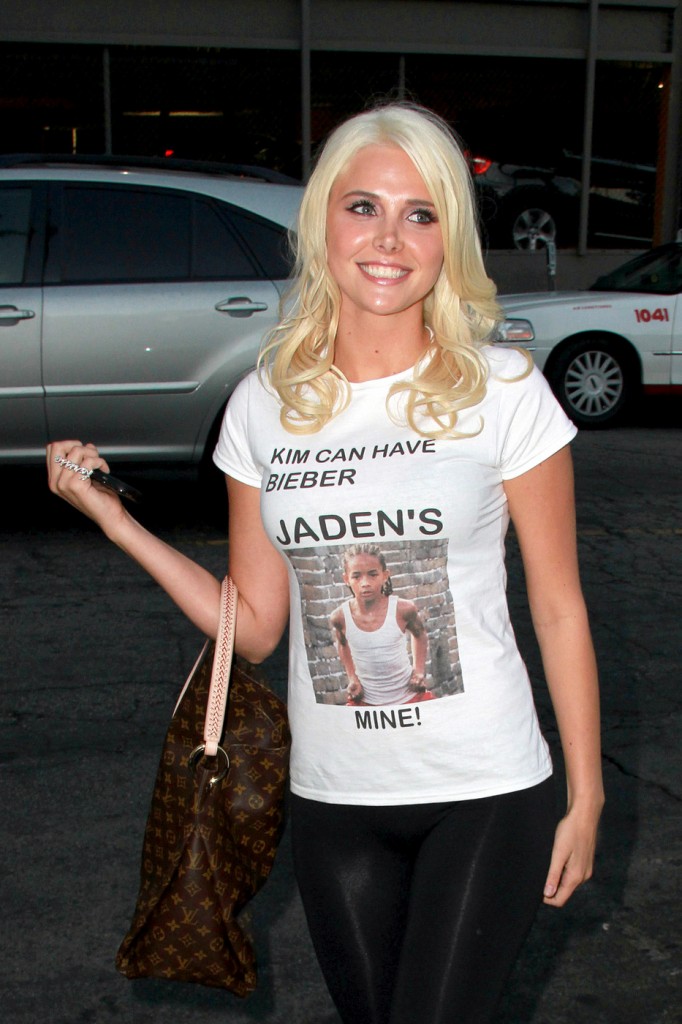Jamie Keiles, of the Seventeen Magazine Project and Teenagerie, wondered how racially representative Seventeen was compared to the U.S. population. So she offered some data based on the May 2010 issue. Her methods:
There are 332 faces in this month’s issue of Seventeen. I counted a face as a head with at least one visible eye. That is, backs of heads and disembodied mouths or eyes were not included in my data. I researched the races of the models and celebrities that I could identify. Those whose race I could not determine with reasonable certainty I’ve excluded from my data, making for 319 surveyed faces.
Keiles was also surprised by the fact that, compared to the U.S. population, there were many models who identified as bi-racial. My guess is that it’s because advertisers think (and perhaps know, but I’m not sure) that models whose identities are hard to discern appeal to a larger array of audience members who may see themselves in what is otherwise an “ambiguous” appearance.
Any ideas as to why white Hispanics are particularly underrepresented? Is it possible that white Hispanic models simply identify publicly as “white”? Other ideas?
Keiles finds a similar patterns when she looks by gender and by whether it was Seventeen content or advertiser content:
Lisa Wade, PhD is an Associate Professor at Tulane University. She is the author of American Hookup, a book about college sexual culture; a textbook about gender; and a forthcoming introductory text: Terrible Magnificent Sociology. You can follow her on Twitter and Instagram.












